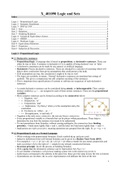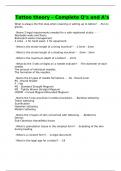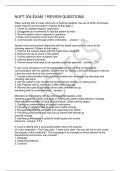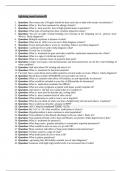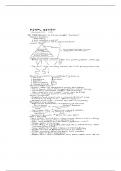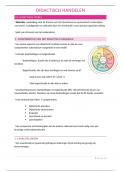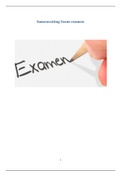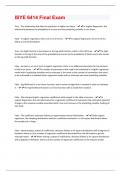Samenvatting
Logic and Sets Summary
- Instelling
- Vrije Universiteit Amsterdam (VU)
Summary of the slides of Wan Fokkink and Oliver Fabert. Some details were taken from the following books: "Logic in Computer Science" by Michael Huth and Mark Ryan "Set Theory for Computer Science" by Sandjai Bhulai The summary is divided into two parts, the first part (1 to 3) discusses the st...
[Meer zien]
